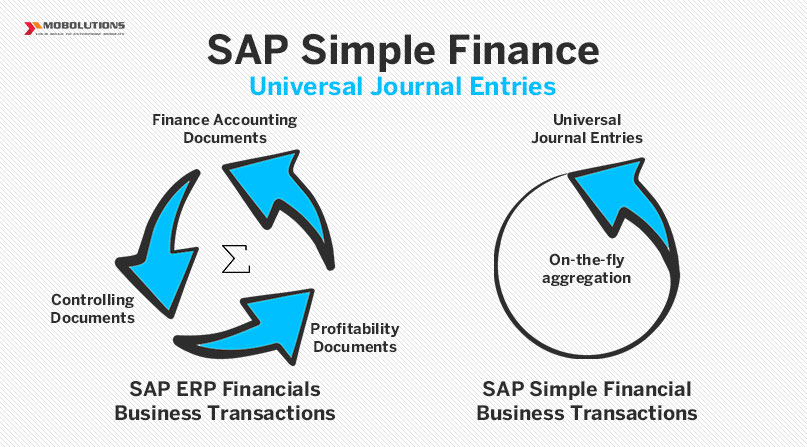The Universal Journal Transforms Finance in SAP – It’s a Single Source of Truth?
There has been a lot of buzz around the term ‘Universal Journal’ and the concept of the single source of truth with the S/4 HANA Finance ERP. The Universal Journal brings together the once separate components of Financial Accounting (FI) and Controlling (CO)in one place and in one line item table referred to as the ACDOCA. In the legacy system before S/4 HANA came into existence, Fixed Assets, Controlling, Profitability Analysis, Material Ledger and General Ledger all existed as separate components for finance in SAP. This meant multiple sources of truth existed that required huge reconciliation efforts to eliminate data redundancies.There was about of challenges because the components were structured differently with different fields and entities.These components also had different capabilities and there was a need to move the data to the appropriate table for reporting. Multiple BI extractors were needed to cover the complete truth in BI.
How Finance in SAP has progressed since R/3 to SAP S/4 HANA…

How’s the Universal Journal changing finance in SAP?
- With the single ACDOCA line item table, data is presented in a common structure making comparison easier
- Thereby it’s based on a Single Source of Truth with no reconciliation needed by design and architecture
- Complies with legal requirements from a local and global perspective and provides all required currencies
- Possesses actual data, plan data, simulation data and prediction data
- Provides a 360o view of objects of interest like P&L, Balance Sheet, and KPIs
- It is the basis of management reporting even up to line item level detail
- Presents consolidated reports with the audit trail to universal journal
- Moves period-end finance processing from batch to real-time with in-memory capabilities
More about ACDOCA
With the new Fiori GL Line Item UI, a specific line item can be selected from billions of records in ACDOCA under a second. There is real-time reporting with no need to replicate data asynchronously to a data warehouse. All dimensions of ACDOCA are exhibited in VDM views which forms the basis of all reporting and processes.And there is no limit of 16 key fields as it previously was for the total tables of ERP.It is possible to seamlessly navigate to details of all sub-ledgers within a single report.
Accelerated Financial Close–Leveraging the In-Memory Power of SAP HANA
A bottleneck for Finance to achieve a faster financial close is that numerous processes are run in batches at the end of the period because it is resource intensive for both Finance and IT. With the in-memory technology of SAP HANA, the same data can be utilized for transactional, analysis and planning processes. The Universal Journal enables the Finance team to re-design the month end process. By evening out the task of the month-end process throughout the month, the Finance team can work towards rectifying what occurred instead of reacting to it at the end of the month. Accelerated financial close has strategic impacts on the business as it provides critical managerial information to run the business. If the close takes more than a week, there is a lack of insight into business drivers which may result in lost business opportunities. With the ability to soft-close mid-month, it is possible to see the financial position of the company in real time.



Very Impressive SAP HANA tutorial. The content seems to be pretty exhaustive and excellent and will definitely help in learning SAP HANA. I’m also a learner taken up SAP HANA training and I think your content has cleared some concepts of mine.